The word embedded means different things to different people. Basically it means any computer sitting inside a device, running one specific application. But as always, the boundaries are blurred, and I'm sure people will disagree with my description.
An embedded MCU or CPU can range in performance from a tiny 8-bit chip with 6 pins, up to very high performance 64-bit CPUs running at very high speeds with external RAM, internet connectivity and colour touch screens.
Getting started
Fortunately, if you want to get started in embedded programming on an 8-bit MCU, you really need to know almost nothing about electronics. If you can wire up LEDs, then you can wire up a microcontroller.
The real difficulty is choosing a microcontroller to start with. There are probably hundreds of families of devices, made by tens of companies.
Since you are very new to the subject, I would recommend starting with something like the Arduino.

Arduino is a popular open-source single-board microcontroller designed to make the process of using electronics in multidisciplinary projects more accessible. You can program them in a language very similar to C. They are very easy to get into, even for non-programmers. The Arduino will cover you for almost any project you want to start with.
Moving on
At some point, you'll decide that the Arduino doesn't meet your needs. Perhaps it's too big, or not powerful enough. Probably by that time, you'll know more about the embedded world to know what to do next, or you'll know more about what you want to learn to know what kind of question to ask.

